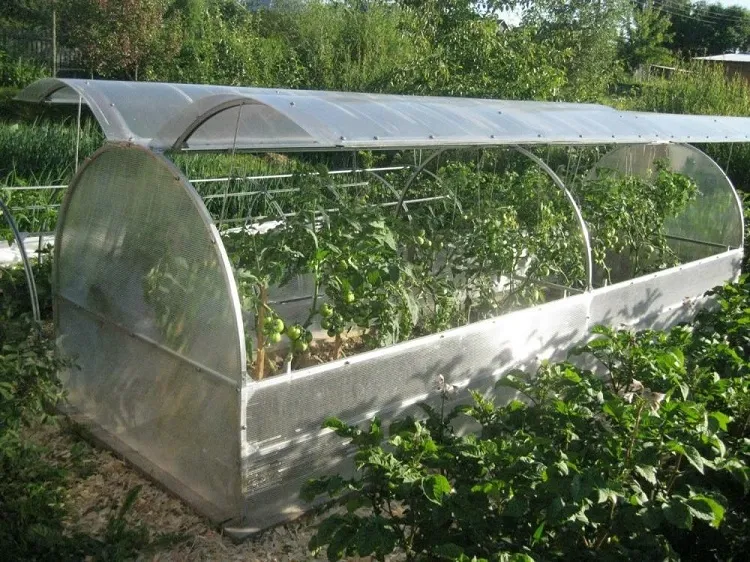Discover How to Protect Your Tomato Plants from Heat Stress and Ensure a Bountiful Harvest
Tomatoes, these summer vegetables, which we are looking for our fresh salads, like the warmth, but suffer from heat stress in the hot day hours. Subsequently, the health and yield of tomato plants may be compromised. But how to notice the signs of heat stress? What are the fastest ways to protect tomatoes from the heat and ensure a bountiful harvest?
Do Tomatoes Need Protection from Heat?
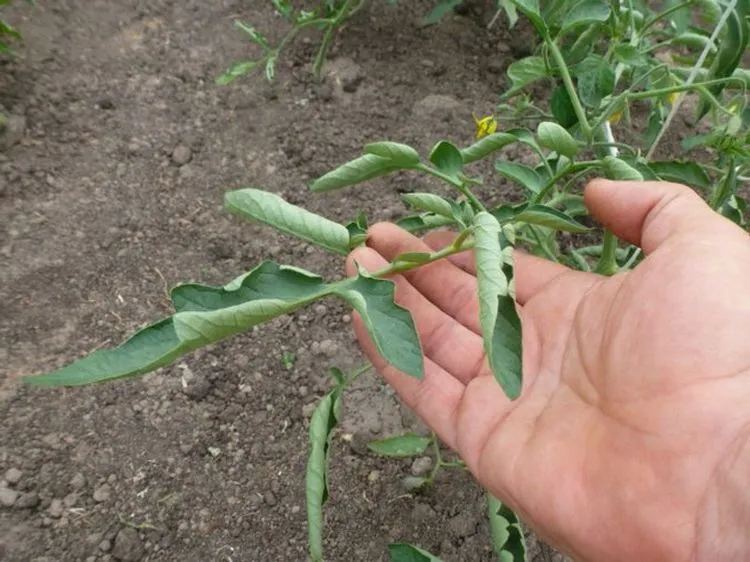
Tomatoes, these red vegetables that are a favorite for so many people, thrive ideally during warm months, but are vulnerable to heat stress when temperatures rise too much. This condition may appear when the heat increases above the plants\’ optimal range, causing a destruction in main physiological processes. As a consequence, the health and yield of these fragile plants may be damaged. Knowing the signs of this kind of stress and learning how to protect tomatoes from the heat is essential to ensure a bountiful harvest.
Read also: Tomato Leaves Curling: Want to Help Them? Unravel the Cause to Cure This Fragile Plant!
What Does Heat Stress Look Like in Tomatoes?
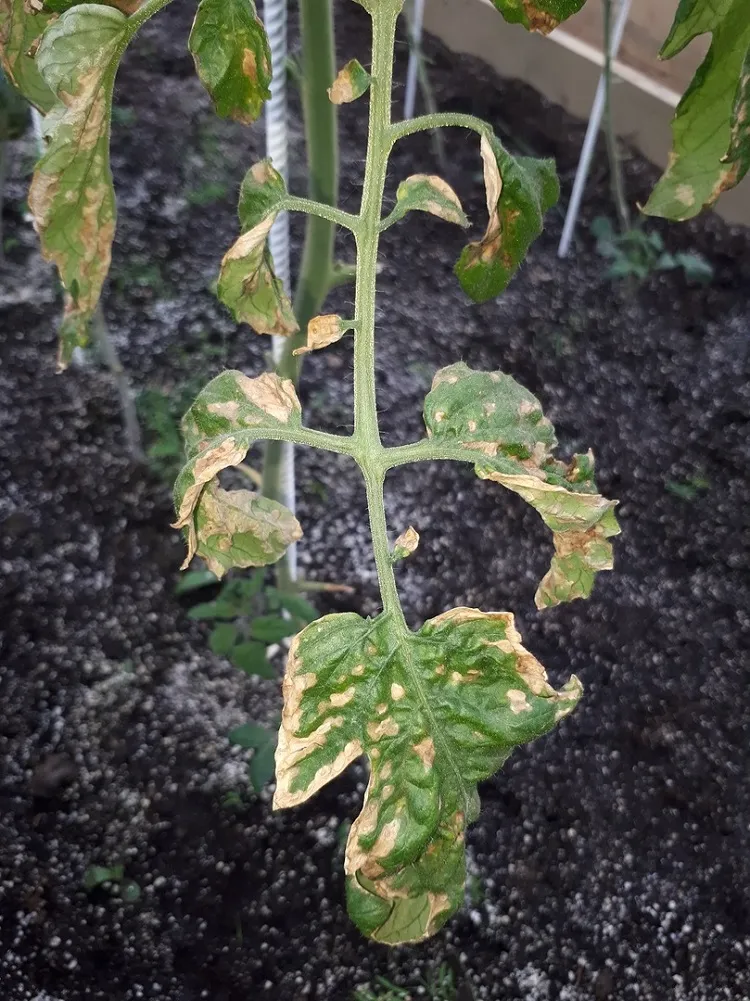
Heat stress in tomatoes exhibits itself through some observable signs. The most usual sign is wilting, when the plants begin to droop and become more faint when exposed to excessive heat. Leaves may start to become yellowish or brownish, and the plant begins to shed its blossoms before they have developed, thus decreasing the number of ripened fruits. What’s more, the fruits can become sun scald, while they develop discoloration and even not suitable to be eaten because of continuous exposure to intensive sun rays. The physiological effect of heat stress may also spread beyond the observable signs. Too much heat interferes with normal pollination, which results in malformed or shapeless fruits. In addition to this, when heat-stressed, these red vegetables may become more vulnerable to pests and diseases, which leads to stunted growth and impaired productivity. Therefore, it’s of crucial importance to take measures to protect tomatoes from the heat.
How to Protect Tomatoes from Heat?
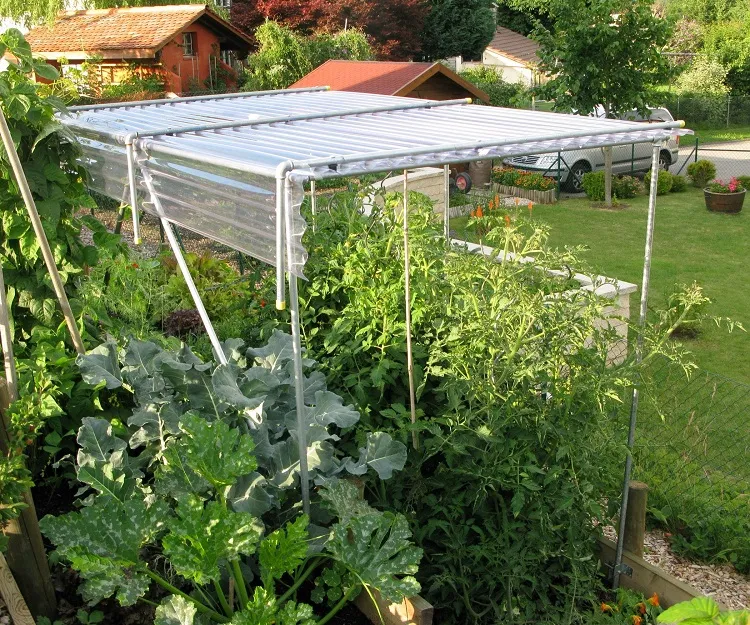
With some proactive approaches, you can protect your valuable tomatoes from the scorching impact of intensive sun rays in order to have a bountiful harvest:
- Provide enough shade: Place shade cloth or shading structure over the plants to lower the power of intensive sun rays. This approach will decrease the temperature value and help them survive during the hottest afternoon hours.
- Mulch in a thick layer: Add a thick layer of organic mulch near the stems of your plants. The measure will allow saving moisture, to regulate soil temperature, and hinder weed growth. All of these effects help to relieve the heat stress.
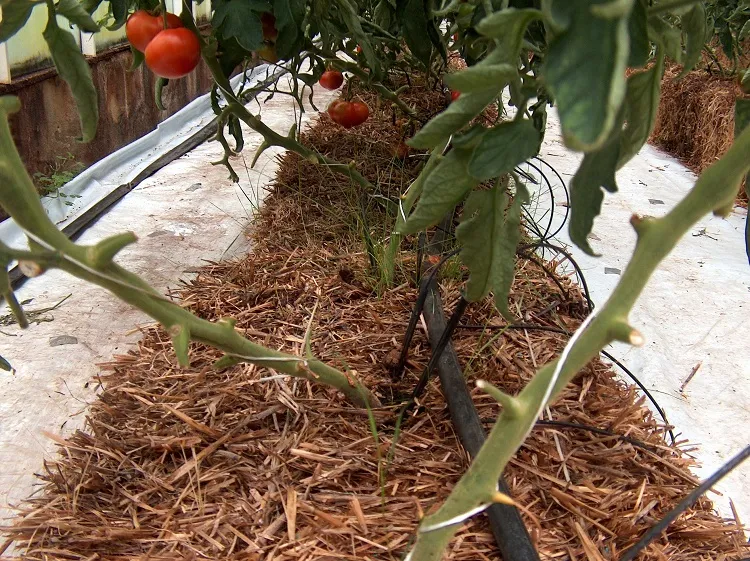
- Water moderately: Maintain a consistent watering regime to keep the soil slightly wet. The best time for this is in the early hours of the day. Thorough watering allows the appearance of strong roots, and gives better chances to the plants to cope with heat stress. Be careful not to overwater, as too much moisture can result in root rot.
- Protect with row covers: They are an ideal solution, which saves the plants from high temperatures while partial sunlight may reach them freely. Row covers allow forming a microclimate around the plants, which is important for keeping more mild temperatures.

- Consider dripping irrigation: One excellent measure for the hot days is dripping irrigation or the use of soaker hoses rather than abundant watering. In this way, the water reaches directly to the plant’s root spots, which lowers the water loss by evaporation and reduces the possibility of appearance of leaf diseases.
What Time of Day is Best to Water Tomatoes?
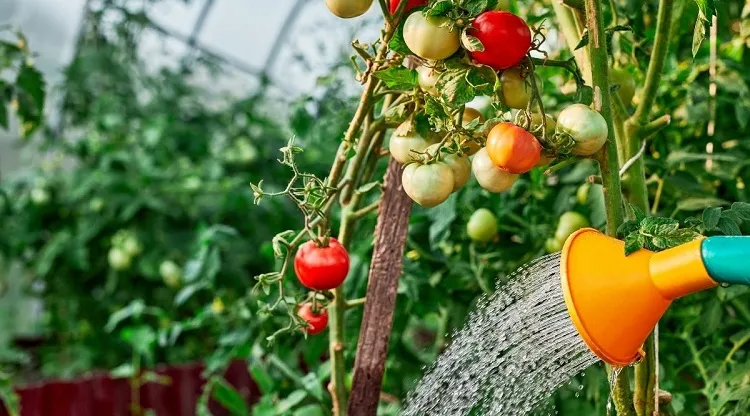
When you are considering how to protect tomatoes from heat, watering them at the right time of the day is one of the key factors for maintaining their health and stability against heat stress. In most cases, it is best to water your tomato plants in the early morning, but all the hours before the sun is at its peak are suitable for this. Watering in the first day’s hours makes sure that the plants are moisturized enough before the hot afternoon. This gives them the possibility to endure the heat of the later hours without suffering from water stress. Furthermore, the morning hours offer enough time for any damp on the leaves, gathered while watering, to evaporate, lowering the risk of appearance of diseases. You should avoid watering them in the evening, because when the foliage is damp overnight, this can cause the appearance of fungal diseases. In addition to this, when you do this during the hot hours of the day, the water is likely to evaporate before being absorbed by the plant’s roots.
By providing adequate shade, mulching, watering wisely, and selecting heat-resistant varieties, you can preserve your summer bounty and enjoy the delightful taste of homegrown tomatoes throughout the season.
Protecting your tomato plants from heat stress is crucial for ensuring a successful harvest. By implementing the right strategies, such as adequate shading, proper watering techniques, and the use of row covers, you can safeguard your plants from the detrimental effects of excessive heat. Remember to choose heat-resistant varieties and monitor your plants regularly to detect any signs of heat stress early on. By following these guidelines, you can enjoy a plentiful supply of delicious, homegrown tomatoes all season long.
Frequently Asked Questions
1. How do I know if my tomato plants are experiencing heat stress?
Heat stress in tomato plants can be identified by visible signs such as wilting, yellowing or browning of leaves, premature shedding of blossoms, and sun-scalded fruits. Additionally, heat stress can lead to malformed fruits, increased susceptibility to pests and diseases, and stunted growth.
2. What are the best ways to protect tomatoes from heat?
To protect tomatoes from heat, you can provide shade using cloth or structures, apply a thick layer of mulch around the plants, maintain consistent watering practices, use row covers to create a microclimate, and consider drip irrigation to reduce water evaporation and leaf diseases.
3. When is the best time of day to water tomato plants to prevent heat stress?
It is recommended to water tomato plants in the early morning or before the sun reaches its peak to ensure they are adequately hydrated before the hottest hours. Avoid watering in the evening to prevent fungal diseases and water evaporation during the hot daytime hours.
4. How can I reduce the impact of heat stress on my tomato plants’ productivity?
To minimize the effects of heat stress on tomato plants, you can choose heat-resistant varieties, monitor the plants regularly for signs of stress, implement shading and mulching techniques, and ensure proper watering and irrigation practices.
5. Can excessive heat affect the taste and quality of tomatoes?
Yes, excessive heat can impact the taste and quality of tomatoes by causing sunscald, discoloration, and reduced fruit production. Heat-stressed plants may produce fruits that are less flavorful and have a lower nutritional value.
6. What are the risks of overwatering tomato plants during hot weather?
Overwatering tomato plants in hot weather can lead to root rot, nutrient leaching, and increased susceptibility to fungal diseases. It is essential to maintain a balanced watering schedule to prevent waterlogged soil conditions.
7. Are there specific tomato varieties that are more resilient to heat stress?
Yes, there are heat-tolerant tomato varieties that are better equipped to withstand high temperatures and heat stress. Consider planting heat-resistant cultivars like ‘Heatwave,’ ‘Solar Fire,’ or ‘Sun Gold’ to ensure a successful harvest in hot climates.

